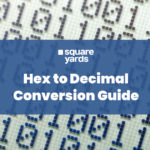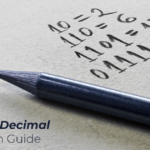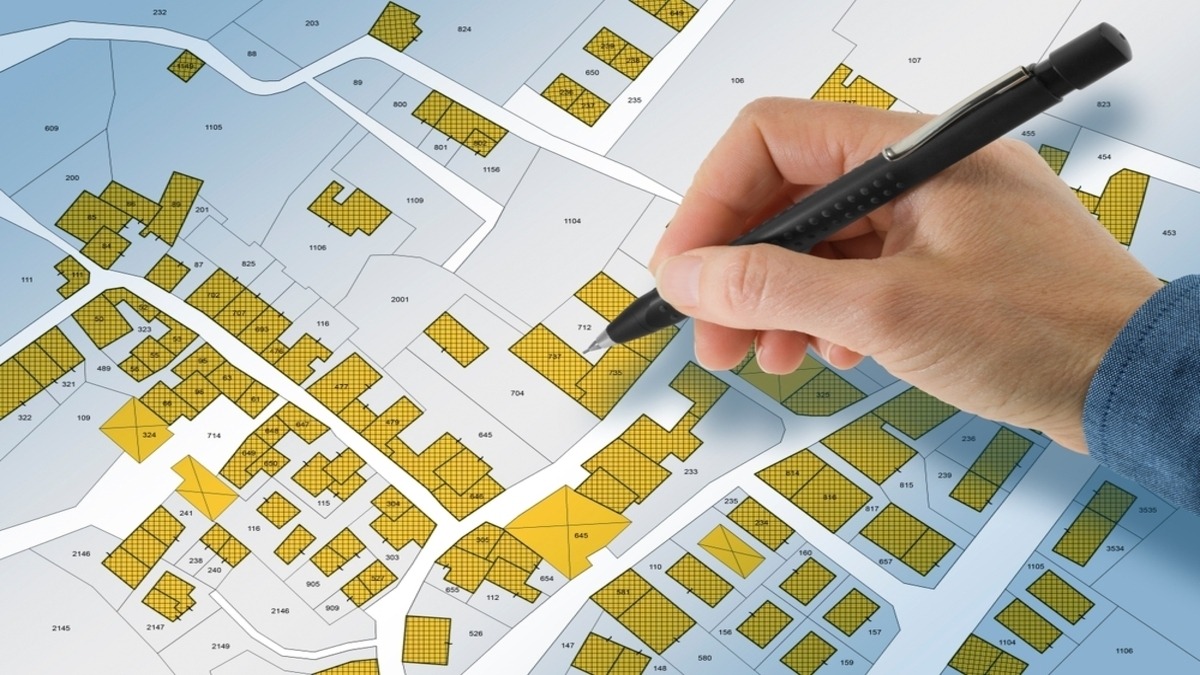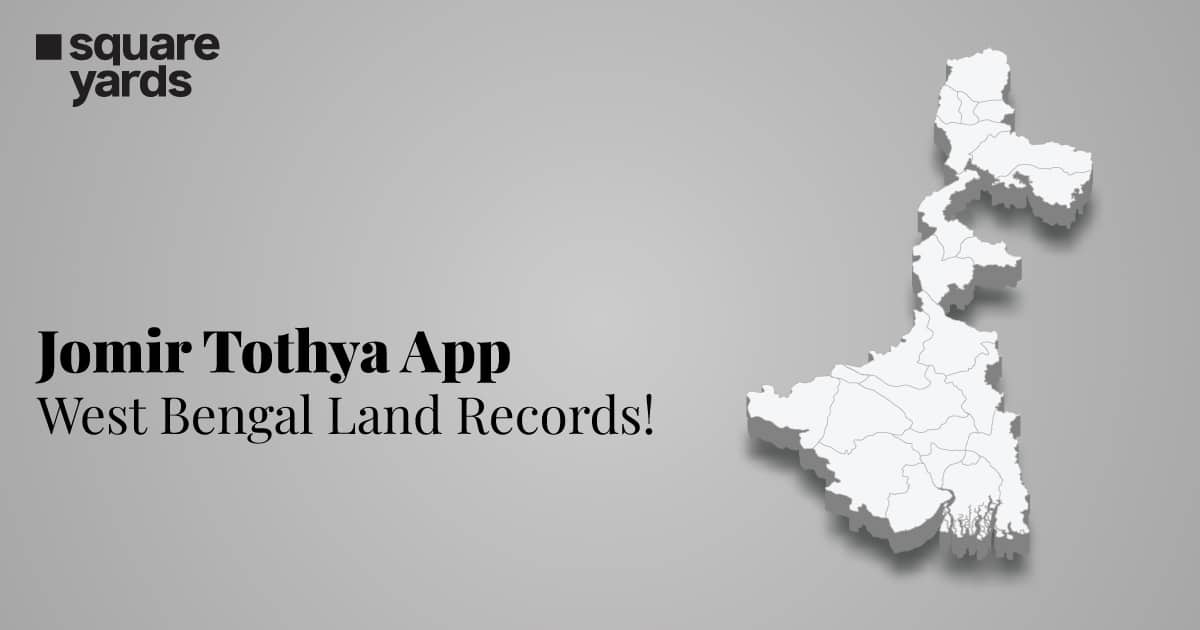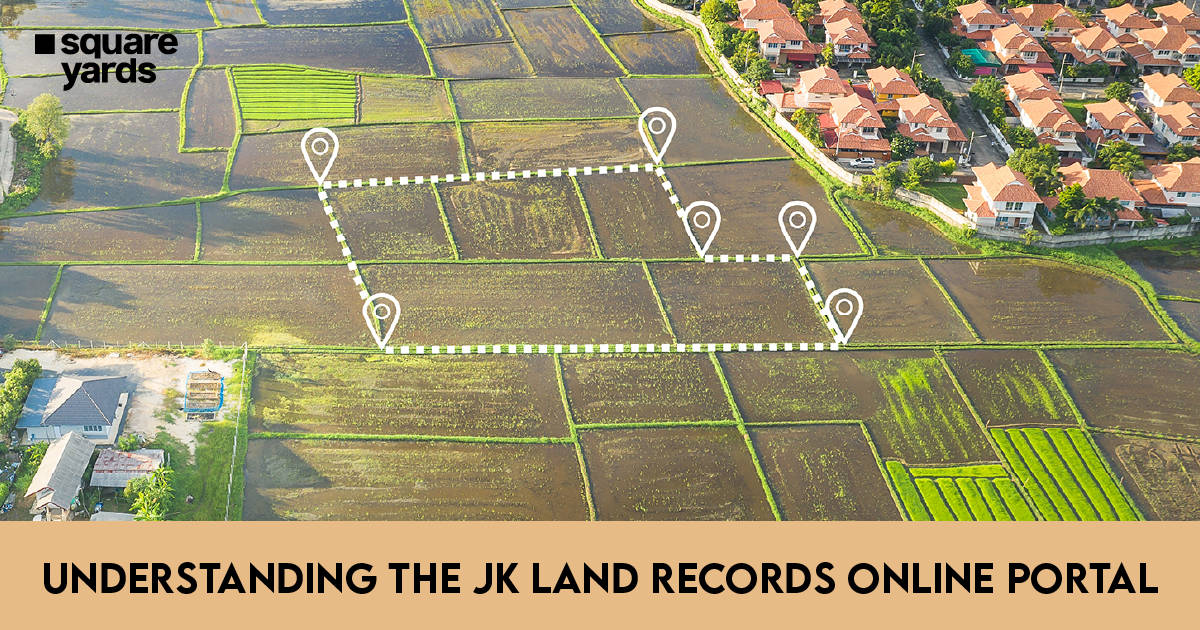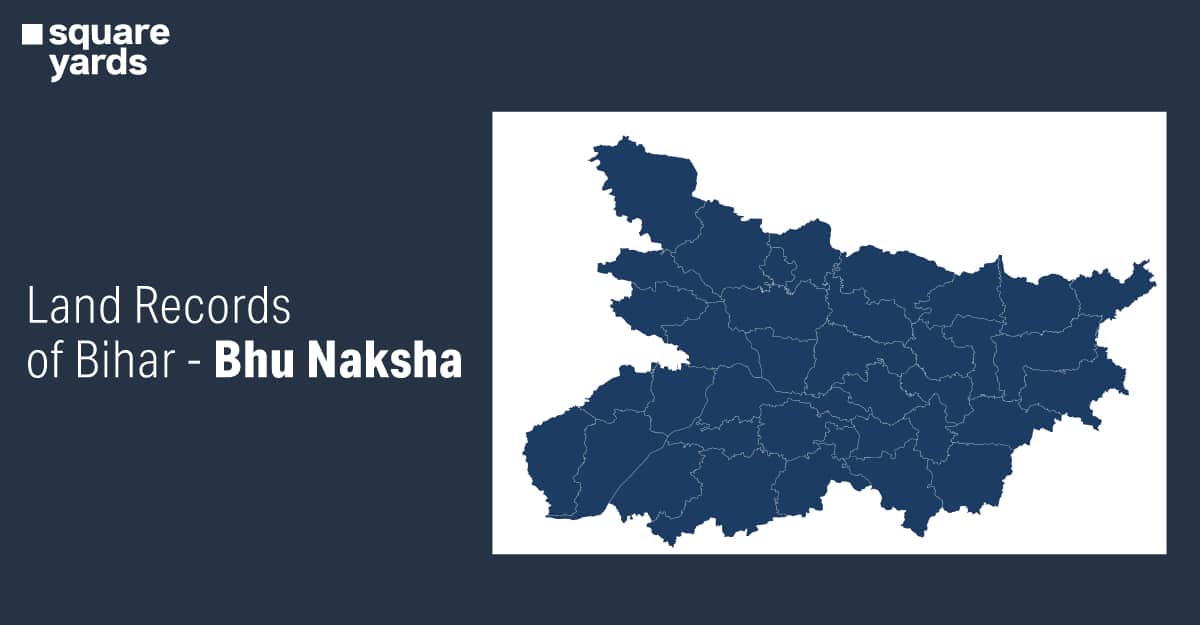Not many people can call maths their strong suit, in fact not many would prefer to either. Well, that does not make it a bad subject. If anything, it’s more about grasping the concepts and whether that works out for you or not. The metric system is something that is always blown out of proportion when it is one of the easiest things to understand provided you are not just trying to cram derivations.
Here’s a little context on the dreaded metric system. More specifically, how you can turn a metre to inch. These are basics and it’s better to know them all as facts so you can sail through life, like you deserve.
What is Meter?
A meter, denoted by the symbol m, is referred to as the basic unit of distance and length in the SI system. i.e. International System of Units. Technically, it is defined as the distance travelled by the light in 1/299 792 458 of a second. In the year 2019, a slight modification was made to this definition of a metre to reflect changes in the definition of the second.
The history of a meter goes back to 1793 when it was defined as one ten-millionth of the distance to the North Pole from the equator. In 1889, when the International prototype meter came into existence, the previous definition was changed. According to the revised definition, the meter was defined as the length of a prototype meter bar (made of an alloy of 10% iridium and 90% platinum) evaluated at the melting point of ice.
Later in 1960, it was redefined in terms of a specific wavelength of a certain emission line of krypton-86. In short, the definition of a meter was revised a number of times and the current version that we know of, adopted in 1983 and had a slight change because of the modification in the definition of the second.
History and Origin of Meter
Originated by the French in the 1790s, the Metre was used to refer to one/ten-millionth of the distance between the north pole and the equator. There are two iron bars in Paris that realistically represent this distance. As the base unit of length in the International System of Units (SI), its definition has been modified over the years with the current definition clarifying that a metre is a measure of proper length. All these definitions only help to understand the system and do not change its value as formed by the French but simply make it more precise.
The word can be traced back to Greek roots, with the verb ‘metreo’ meaning to measure or count and the noun ‘metron’ meaning a measure. Metre is the standard spelling for the length in all countries that speak English as a native language, with the exception of the US and the Philippines which write ‘meter’.
Current Use of Meter
Since the metre is the SI unit of length, it is employed worldwide in various applications such as measuring length, distance, height, etc. However, the USA is a noteworthy exception as it uses US customary units such as miles, feet inches, and yards instead of metres in their everyday use.
What is Inch?
An inch, symbolised as ‘in’, is defined as the unit of length in the imperial system as well as the US customary systems of measurement. In 1959, it was defined as a unit equal to 25.4 millimetres. There are 36 inches in 1 yard and 12 inches in one foot.
The term inch originated from “uncia”- the Latin unit, which was equivalent to “one-twelfth” of a Roman foot. In the past, inch has a plethora of distinct standards, with the current definition that is based on the international yard.
The earliest definitions of the inch had several bases including barleycorn, the width of a human thumb, and more.
History and Origin of Inch
The ancient civilisations did not have much to compare except their bodies and so it is true that usually when lengths and measurements were concerned they used to take them on reference as on the body. So, it is said that an inch is usually referred to as the width of a man’s thumb. Then in the 14th century came England’s King Edward. In his reign, the inch was now defined as the length of three dry and round grains of barley placed end to end lengthwise. Also combined to be defined as the length of 12 poppy seeds, today, an inch is defined as equal to 2.54 cm.
As an inch is one-twelfth of a foot, its etymological word comes from the Roman word ‘uncia’ meaning twelfth.
Current Use of Inch
Often, the inch is employed in countries like the United States, Canada, and the UK. Sometimes, this unit is also used in Japan as well as other countries in reference to electronic parts, such as the size of TV and mobile display screens, etc.
Relation Between Meters to Inches
Metres and inches are quite related to each other in various ways. But the most popular relations between them are defined below:
1 meter = 39.3700787 inches, and 1 inch = 0.0254 meters.
Using these relations, you can easily convert a meter into inches and vice-versa. One thing is quite apparent from the above relation; a metre is greater than an inch. Hence, even though both the units are used for measuring distance, length, height, etc. metres would be a more viable option for evaluating long distances, etc.
Moving forward, it’s important to keep in mind that a metre is an SI unit of length while inches are standard units of length in the imperial system.
Meter to Inches Conversion Table
| Meters to Inches | Meters to Inches |
| 0.01 m is equal to 0.3937007874 in | 100 m is equal to 3937.01 in |
| 0.1 m is equal to 3.937007874 in | 200 m is equal to 7874.01 in |
| 1 m is equal to 39.3700787402 in | 300 m is equal to 11811.02 in |
| 2 m is equal to 78.7401574803 in | 400 m is equal to 15748.03 in |
| 3 m is equal to 118.1102362205 in | 500 m is equal to 19685.04 in |
| 4 m is equal to 157.48 in | 600 m is equal to23622.05 in |
| 5 m is equal to 196.85 in | 700 m is equal to 27559.06 in |
| 6 m is equal to 236.22 inch | 800 m is equal to 31496.06 in |
| 7 m is equal to 275.59 in | 900 m is equal to 35433.07 in |
| 18 m is equal to 314.96 in | 1000 m is equal to 39370.08 in |
| 9 m is equal to 354.33 in | 1500 m is equal to 59055.12 in |
| 10 m is equal to 393.70 in | 2000 m is equal to 78740.16 in |
| 20 m is equal to 787.40 in | 2500 m is equal to 98425.196 in |
| 30 m is equal to 1181.10 in | 3000 m is equal to 118110.23 in |
| 40 m is equal to 1578.40 in | 3500 m is equal to 137795.28 in |
| 50 m is equal to 1968.50 in | 4000 m is equal to 157480.31 in |
| 60 m is equal to 2362.20 in | 4500 m is equal to 177165.35 in |
| 70 m is equal to 2755.91 in | 5000 m is equal to 196850.39 in |
| 80 m is equal to 3149.61 in | 10000 m is equal to 393700.79 in |
| 90 m is equal to 3543.31 in | 20000 m is equal to 787401.57 in |
How to Convert m to Inches: Meters to Inches Conversion
To convert m to inch, you can employ conversion factors described in one unit to another. The reason it’s important to understand the conversion factor is that it’s a kind of the number 1, and when you multiply any number by 1, the result stays the same. Hence, there’s no alteration in the quantity. Here, the conversion factor is the multiplicative factor that is equivalent to one.
As described above, 1 meter equates to 39.37 inches. So, you need to multiply the number in meters by 39.37 inches in order to transform the meter into inches. By doing so, you will get an accurate conversion result.
Good thing is that you can use the same method to calculate any number of meters into inches or we can say, metric system to imperial units.
The formula for Converting 1 m to Inch & Examples
Before plunging into the conversion process, you must remember that you should be able to transform one unit into another without any alterations in the quantity represented. Hence, the most crucial element to ponder while unit conversion is understanding the conversion factor between the two, as described earlier in the blog.
To convert m into an inch, follow the formula explained below:
Inch = meter x 39.37 inches.
Now let us understand it with the help of a few examples:
Example 1: Convert 5 meters to inches
Sol: In order to convert 5 meters to inches, multiply 5 meters with 39.37 inches and you will get the result.
Inch = 5 x 39.37 inches = 196.85039 Inches.
Example 2: Convert 12 meters to inches
Sol: Inch = 12 x 39.37 inches = 472.44094 Inches.
Difference Between Meters and Inches
Meter and Inch both measure the length and distance. However, they differ from each other on various terms. For instance, a meter is the SI unit of length, whereas an inch is a non-metric unit of length. Besides, they have different applications at different geographical locations. Have a look at the table to know more differences between the two:
| Basis of Comparison | Inches | Metres |
| Symbol | Denoted by in and ″ | Denoted by m |
| Definition | It is defined as the unit of length in the imperial system as well as the US customary systems of measurement. | It is defined as the distance traveled by light in 1/299 792 458 of a second. |
| Use | It is used to measure short length, heights, etc., and is employed mainly in the US, UK, Canada, etc. | It is used to measure big distances, length, width, etc., and is employed almost all over the world. |
| Acceptance | It is accepted as an imperial and US customary system of length measurement. | It is accepted worldwide and as an SI unit of distance and length. |
| Formula | 1 inch = 0.0254 metres | 1 metre = 39.37 inches |
| Size | It is smaller than a metre. | One metre is bigger than an inch. |
Frequently Asked Questions (FAQ)
One meter consists of 39.37 inches.
2 m in inches = 2 x 39.37 inches = 78.74 inches.
1 meter = 3.28 × 12 inches, or 39.36 inches.
No, 1 yard isn’t the same as 1 meter. However, it’s quite close to 1 m as 1 m equates to 1.0936 yards.
Inch = 3 x 39.37 = 118.11 inches.
Meters and inches are quite related to each other in various ways. But the most popular relations between them are defined below: 1 m = 39.3700787 inches, and 1 inch = 0.0254 meters.









